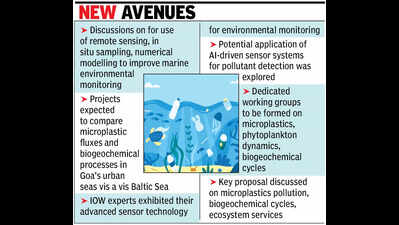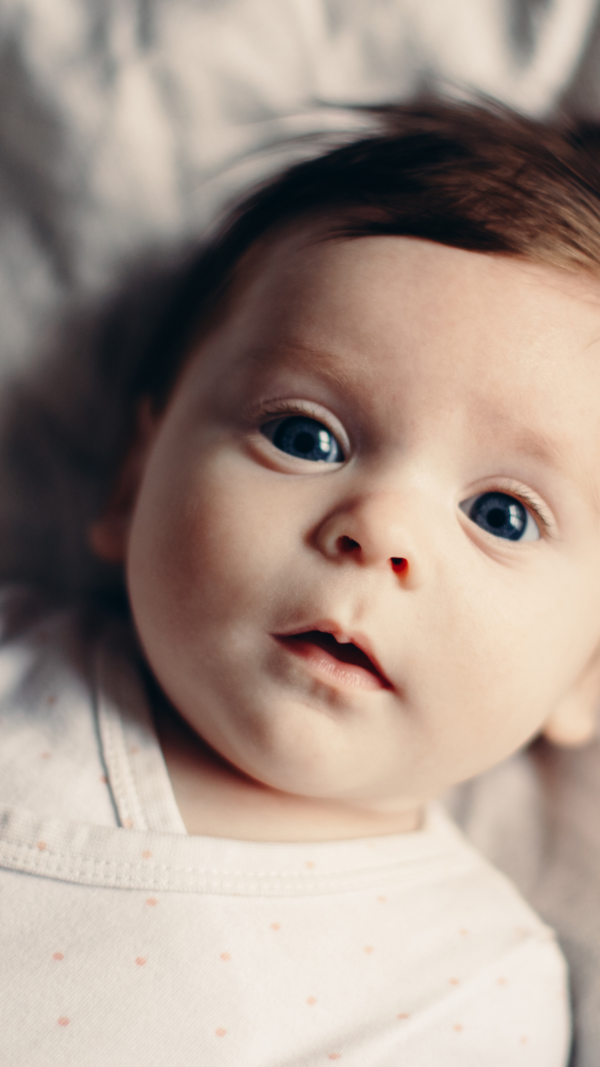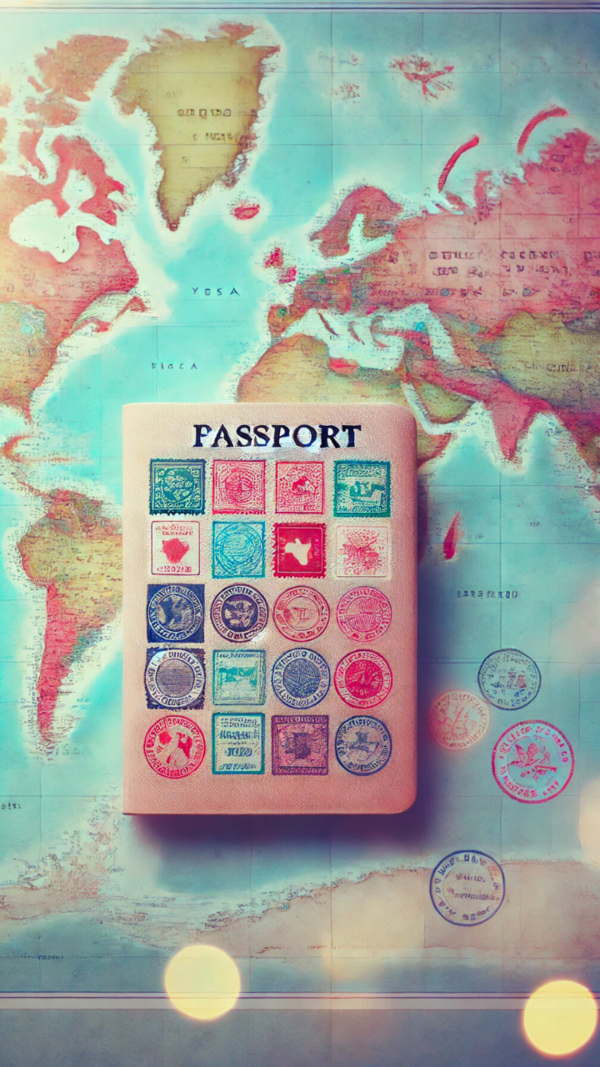Trending
German institute to use AI to study microplastics in Zuari, Mandovi
Panaji: Climate change is bringing about unexpected changes in coastal waters, including in Goa, like trichodesmium bloom, which can potentially harm fish by releasing harmful toxins and even impact water quality. To study and prepare for such changes taking place in ‘urban seas’ or estuarine waters of the Zuari and the Mandovi in Goa, numerical simulation, remote sensing and AI will be put to use for the first time with the help of experts from Germany.
A seven-member delegation from Leibniz Institute for Baltic Sea Research Warnemuende (IOW), Germany, recently met governor P S Sreedharan Pillai, and held meetings with chief minister Pramod Sawant and environment minister Alexio Sequeira and entered into an MoU with the Goa University.
The collaboration will see studies into microplastics and marine pollution by experts from the German institute and faculty from the Goa University. The focus area of the research will be on developing integrated approaches to monitoring and managing marine ecosystems.
“During the monsoon months, large discharge of water comes from the land into the Zuari and the Mandovi, bringing with it plenty of material from the land, including plastics. It has to be studied where these materials land, how fish are affected and how it would affect the common man, as a large population in Goa is dependent on fishing for their livelihood along these estuaries,” said Goa University vice-chancellor Harilal Menon.
The funding for the research will initially come from various funding sources like the Union science and technology ministry.
“The delegation participated in multiple parallel sessions with GU faculty, covering remote sensing, marine microplastics, ecosystem services, and marine chemistry, to understand the research being carried out at the university at present. The researchers at GU will get exposure to numerical simulation for the first time. Counterparts will be identified by IOW in the GU and come out with a major science project. The changes in urban seas in Goa will be studied vis-à-vis the Baltic Sea,” Menon said.
Experts from IOW, including Joanna Waniek, Bronwyn Cahill and Janika Reineccius, engaged in discussions on microplastic transport pathways, phytoplankton dynamics, and the role of ecosystem services in coastal management. The research is expected to use ship-based sampling, laboratory analysis techniques, and data repositories for the studies.
“The IOW delegation highlighted their long-term observational programmes in the Baltic Sea, including five annual research cruises. They also discussed potential access to advanced instrumentation for pollutant analysis such as Raman spectroscopy, and FTIR for microplastic identification,” the GU vice-chancellor said.
As 80% of the GU faculty are assistant professors and below the age of 35, the collaboration will also offer them exposure, he said.
NEW AVENUES
Discussions on for use of remote sensing, in situ sampling, numerical modelling to improve marine environmental monitoring
Projects expected to compare microplastic fluxes and biogeochemical processes in Goa’s urban seas vis a vis Baltic Sea
IOW experts exhibited their advanced sensor technology for environmental monitoring
Potential application of AI-driven sensor systems for pollutant detection was explored
Dedicated working groups to be formed on microplastics, phytoplankton dynamics, biogeochemical cycles
Key proposal discussed on microplastics pollution, biogeochemical cycles, ecosystem services
Stay updated with breaking news, weather updates, bank holidays and upcoming public holidays in march.

About the Author
Gauree MalkarnekarEnd of Article
FOLLOW US ON SOCIAL MEDIA








